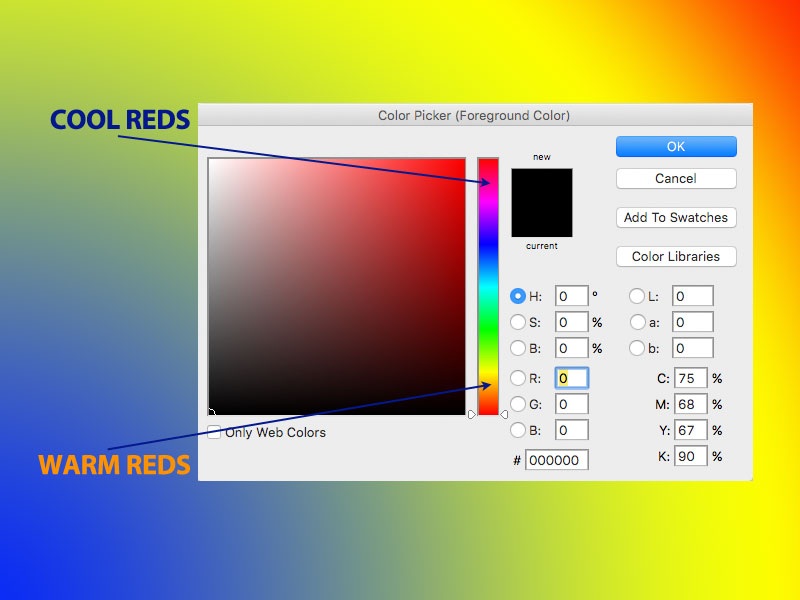When selecting colors for your home’s exterior you’re likely to run across the terms “warm” and “cool” to describe various colors. What do those designations mean?
As explained in Understanding Basic Color Theory, all colors consist of combinations of three primary colors: red, blue and yellow.
Primary Red and primary yellow are designated as warm and primary blue is designated as cool.
Warm colors advance, cool colors recede, especially when seen next to each other: warm next to cool.
Warm colors evoke fire (red) and sunshine (yellow); cool colors evoke water (blue), nightfall, ice, nature. Psychologically warm colors are considered energetic, active, passionate, cheerful, as well as angry, while cool colors are considered calming, relaxing, soothing, but also cold.
Mixing Warm and Cool Colors
The color wheel starts with three primary colors: yellow, red and blue; and then has secondary colors: green (yellow mixed with blue); purple (blue mixed with red); and orange (red mixed with yellow). Green and purple are generally considered cool; orange is warm.
From there we get tertiary color from mixing primaries with secondaries, yielding yellow-green, blue-purple, red-orange, etc. And from there we proceed to endless combinations of any and all of the above. Where various combination-colors land on the warm/cool scale depends on the preponderance of the warmness and coolness of the colors being mixed. Mixing varying amounts red with orange or yellow yields warm colors; mixing reds with varying amounts of blue can go either way, depending on whether you have more red or more blue in the mix. Blue cools down reds or yellows; reds or yellows warm up blues.
Warm and Cool Whites
One would think white would be white – like snow. But when it comes to paint colors, many colors have “white” in their label or are part of “white” collections, etc.
Whites with red or yellow undertones are considered warm whites. Whites with blue undertones are considered cool whites. Warmer whites will advance more than cooler whites; cooler whites will recede more than warmer whites.
If you hold a “cool white” next to a “warm white” you will see the difference. You can often pick out the undertone.

